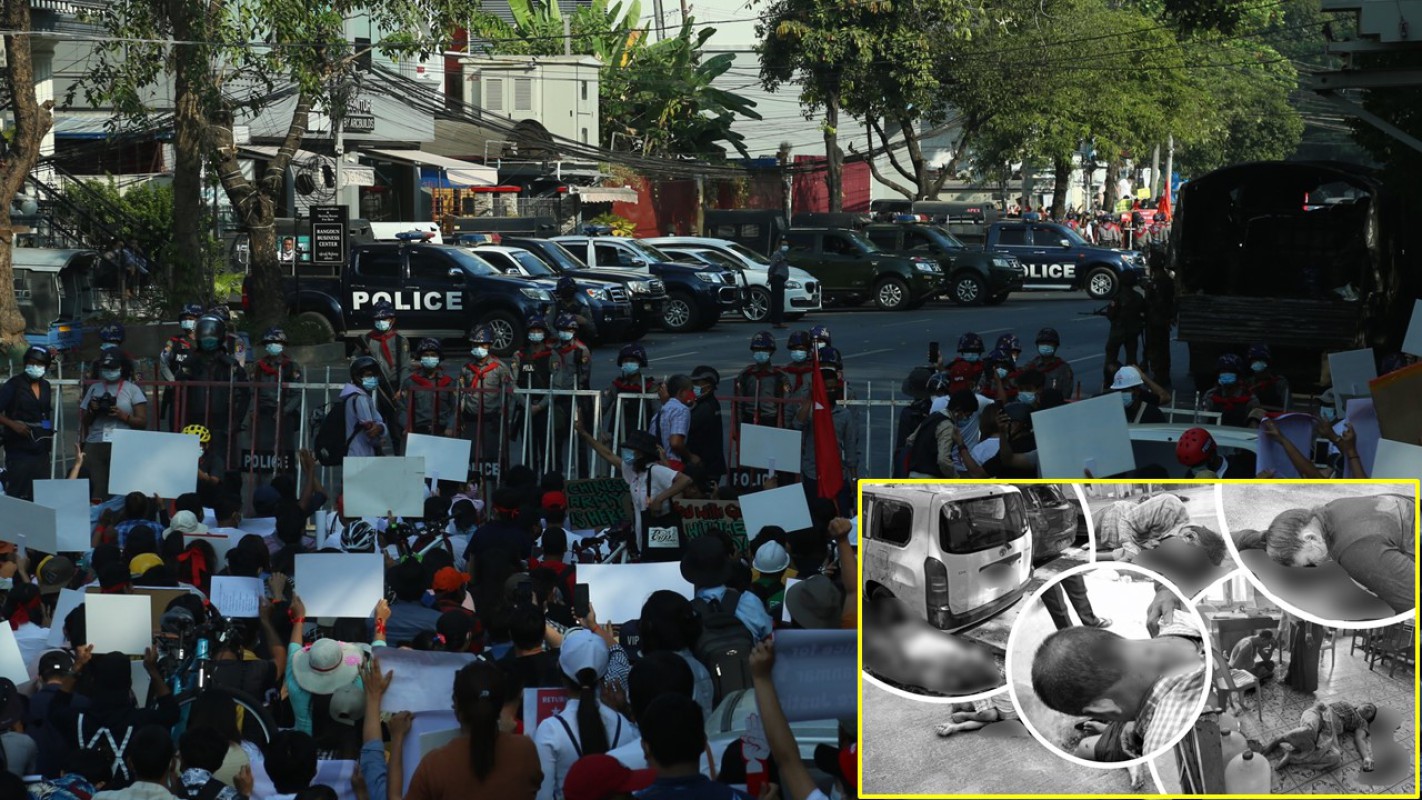Almost 5,000 citizens died in Myanmar’s political crisis within 19 months

684

NP News - Sep 5
Data says nearly 5,000 Myanmar citizens have already died in the current political crisis within nineteen months since February 2021.
This figure is based on information and statistics received by the NP News from reporting citizens' death rate in crisis; however, it doesn’t include the direct mortality of ethnic armed forces and PDFs during armed clashes.
Troops and forces of the EAOs or the PDFs do not include in this list yet as the figure is based on the statistics received and reported by NP News.
The armed clashes are still occurring between EAOs to EAOs or Tatmadaw and EAOs or PDFs especially in Rakhine, Kayin, Kayah, Chin, and Kachin states; and Sagaing and Magwe regions.
Mortality in the current crisis including terrorist killings up to the end of August counted 4,072 only civilians.
Another 491 Myanmar nationals and 386 police forces died in gun shootings while suppressing the protests and anarchic mobs or medical treatments in the early period after the military takeover or other various reasons.
Therefore, the total figures of deaths of civilians, protestors, and policemen have reached 4,949 in the ongoing conflicts in Myanmar.
However, this figure does not include the citizens of Myanmar who died in the armed clashes between Tatmadaw and those groups that took part in the revolution against the military takeover including PDFs and ethnic armed forces.
Currently, clashes happened between Tatmadaw and some EAOs and the PDFs; battles specifically occurred in Rakhine, Kayin, Kayah, Chin, and Kachin states; and Sagaing and Magwe regions. Casualties between the two sides are still rising.
As a matter of fact, people (in fact almost all are Myanmar Buddhist citizens) who died in the conflicts are young or middle-aged adults. It means the country is losing its effective human resources, especially the young and working-age population.
Therefore, demands have been calling for a cessation of hostilities and should move forward in non-violence courses to find a solution through dialogue in order to overcome the current conflicts.